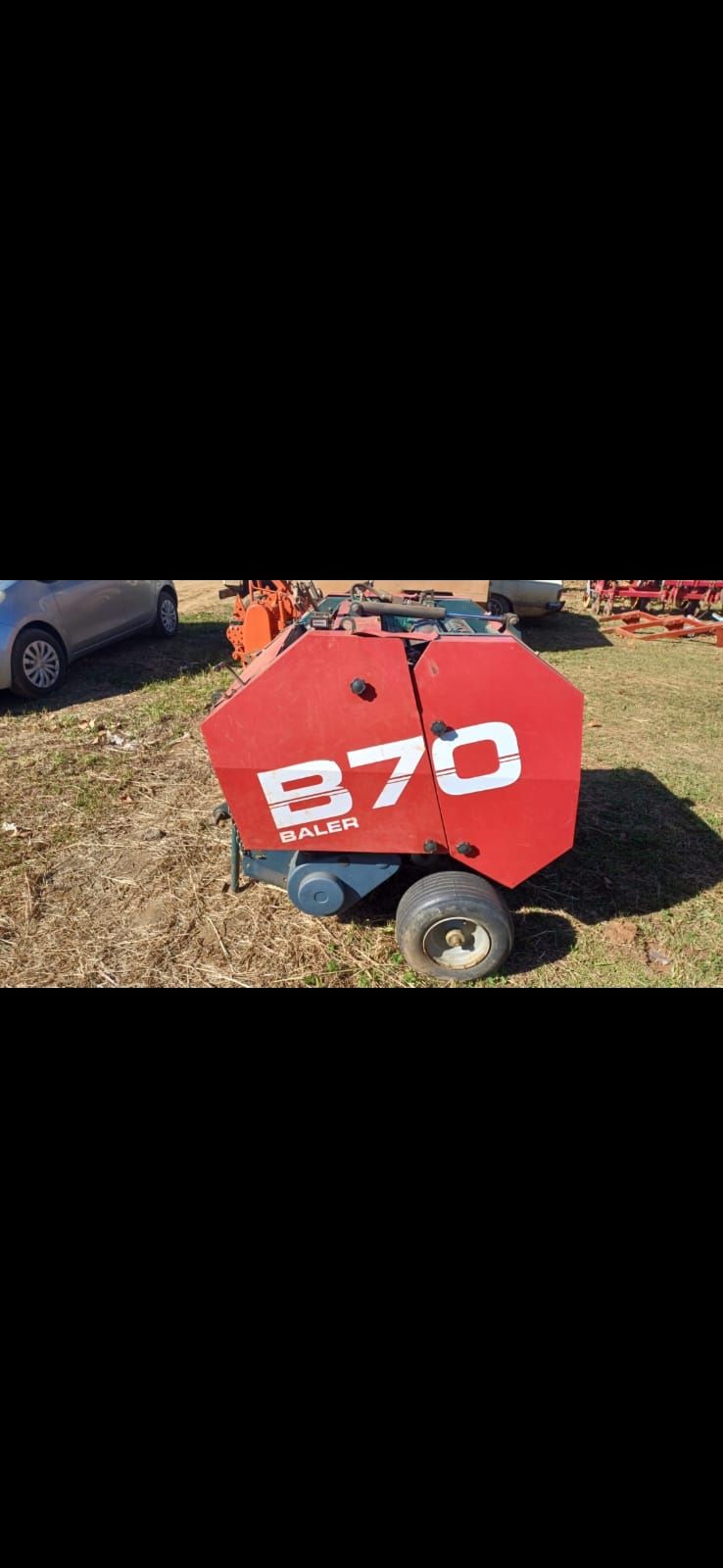Buying a used baler is a cost‑effective choice. But inspecting key components—especially expensive ones—is essential. Here’s your checklist recommended by our experienced brokers.
1. Pick‑up (Donut) Mechanism – Round & Square Balers
Round balers use a “donut” pick‑up mechanism. This is complex and costly:
- Inspect pick‑up teeth for chips or bending.
- Check bearings and chains: noisy or stiff parts signal impending failure.
- Look for alignment issues—misaligned rollers cause knock‑on damage.
Square balers have simpler pick‑up systems — but still check:
- Pick‑up needles (on thumpers): broken or bent needles will need to be replaced— and that’s expensive to do, as they’re an expensive part.
- Ensure all needles are intact, not welded or repaired.
2. Baler Rollers, Bearings & Chains
Round balers:
- Examine rollers for dents from stones. Light dents are safe, heavy misalignment is not.
- Bearings and chains must run smoothly: a knock or grind when spinning indicates trouble .
Square balers:
- Inside the chamber, hammers compact hay—check their bearings. Run the flywheel or baler; a knock reveals bad bearings.
- Test for noisy or stiff roller movement.
3. Knotters & Twine System (Square Balers)
- Knotters wrap the bale with twine and cut it. Inspect:
- Secure, undamaged knotters and scissors
- Needle integrity and carrier condition—no welds or bends
- Trip the knotter manually (turn the flywheel) and check if it cycles the twine properly.
4. Drive, PTO & Frame Health
Applicable to both baler types:
- Drive sprocket, chains, PTO shaft, hitch: ensure correct configuration and no excessive wear.
- Frame integrity: use a straight‑edge to find bends or twist. For square balers, ensure plunger slides are straight; avoid rotted wood slides.
- Check for rust—especially around knotter areas where hay sits—and ensure shields are present.
5. Baler Belts, Hydraulic Seals & Hoses
- Round balers: belts must be free of splits and track straight. Replace worn belts before they degrade.
- Hydraulic system: look for seals, fittings and hoses with no leaks or cracks. Hydraulic failure can halt operations .
6. Functional Checks & Final Inspection
- Always see the baler running under load. Watch for idling compaction, knotting or twine feed issues.
- Ask for service history and logbooks: frequency of repairs, part replacements, last use date .
- Review the serial number against manufacturer records to confirm age and usage .
7. Crop Type, Capacity & Safety Checks
- Match baler type to crop: hay, grass, lucerne—some handle wet hay better.
- Assess capacity vs. your workload: horsepower requirement, bale size (4‑6 ft common), net‑wrap or twine setup.
- Follow pre‑, mid‑, post‑baling checks: greasing, belt, monitor, fluid and twine checks prevent breakdowns (FarmProgress).
- Always read the manual and follow safety instructions—shut off engine before clearing jams .
✅ Quick Baler Buying Checklist
[ ] Pick‑up/donut (teeth, bearings, alignment)
[ ] Needles (square)
[ ] Rollers, bearings, chains (round)
[ ] Knotters, twine system (square)
[ ] Belts, hydraulics, PTO, drive components
[ ] Frame + plunger slides
[ ] Rust + missing shields
[ ] Serial number + service records
[ ] Run‑under‑load test
[ ] Crop match + capacity
[ ] Safety & manual check
❓🙋🏽♂️ Feeling Overwhelmed
Interested in a piece of used equipment but need a second opinion on its quality and condition? Our brokers have over 25 years of agri equipment experience and will be happy to help.
Reach out to us on Whatsapp
+27635099622
or fill out the form below:
Browse our listed second hand balers here

